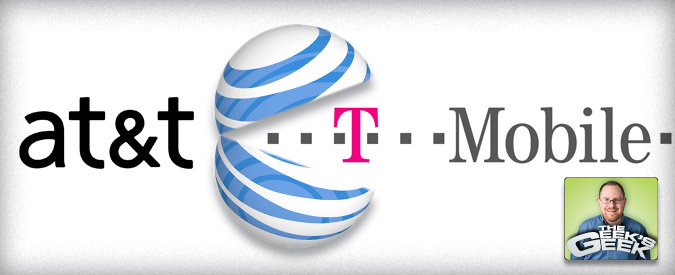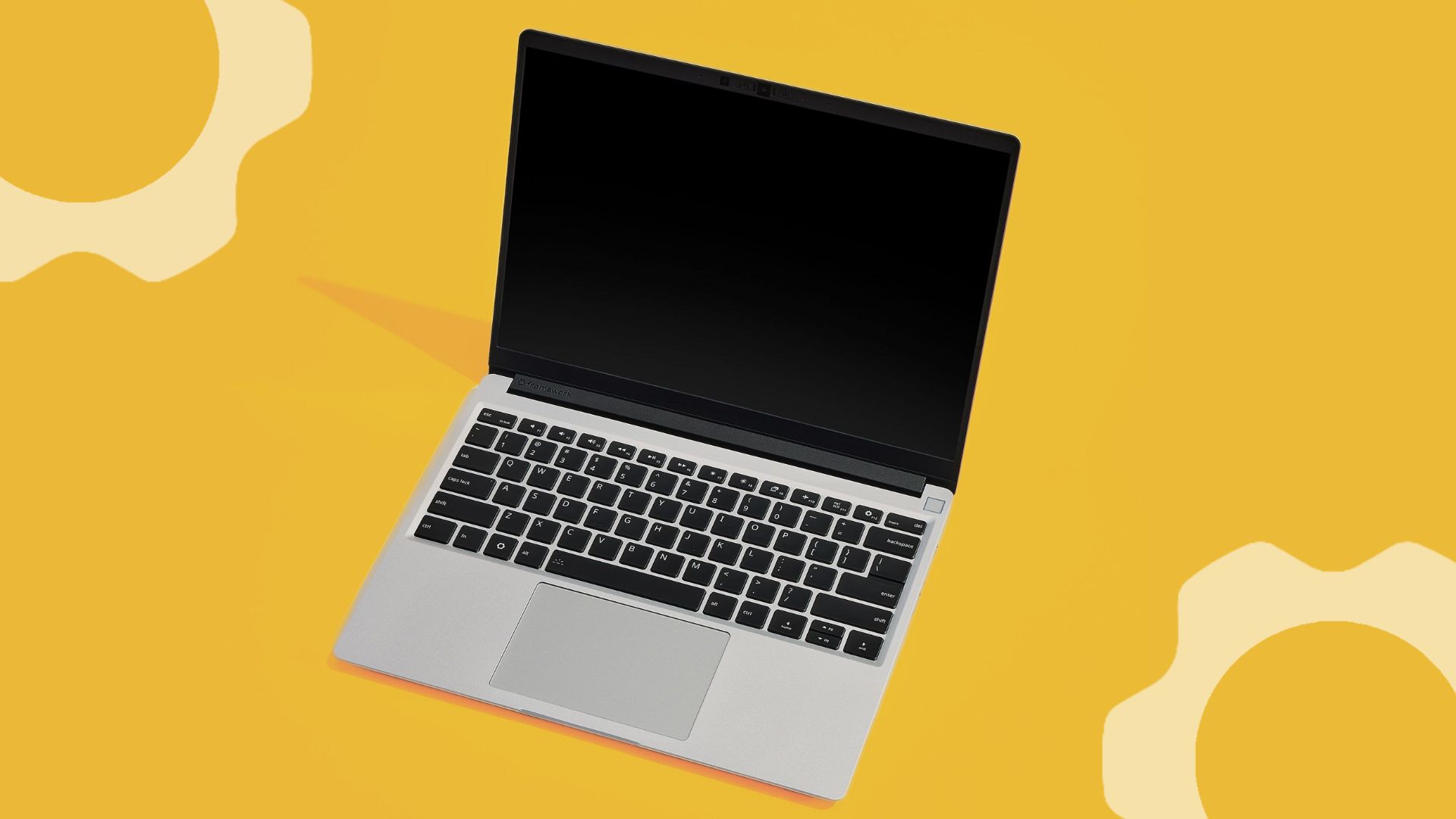AT&T / T-Mobile Deal: Winners and Losers

On a quiet Sunday afternoon, AT&T shocked the world by announcing it had agreed to purchase T-Mobile USA from parent company Deutsche Telekom for $39 billion. When the deal closes sometime in the next year (if approved) the two combined companies will be the largest U.S. carrier and, along with Verizon and Sprint, one of only three national carriers. AT&T executives say that the new carrier will enable faster, more comprehensive coverage for consumers, but who really wins and loses?
Winner: AT&T and its Current Subscribers
Immediately taking on T-Mobile’s 33 million customers is just the first of AT&T’s spoils. The company also gets T-Mobile’s AWS spectrum to help with its LTE rollout and all of T-Mobile’s other infrastructure to help in improving its weak HSPA+ coverage.
The company’s current customer base will share in these spoils. If you love your AT&T phone, but wish the service could be a little better, you’re in luck if you’re willing to wait for the merger to complete. As soon as these companies join forces, AT&T’s own lackluster HSPA+ coverage should improve dramatically, giving disappointed Atrix 4G and Inspire 4G something to smile about, though maybe not for a while.
Loser: Consumers in General
Get ready for higher prices and worse customer service, no matter which carrier you currently use. At present, T-Mobile has the lowest pricing and most consumer friendly plans of any major U.S. carrier, with bonuses like the free mobile hotspot service. It even helped pioneer innovations like UMA for hotspot calling and the the now-defunct (or mostly defunct) Even More Plus plan that let users pay unsubsidized rates for their phones in exchange for lower monthly fees.
Expect AT&T to eliminate these benefits and other carriers to raise their rates in accordance with the new, less-competitive environment. And with less competition, there’s also less incentive for any of the players to offer good customer service, especially when T-Mobile, which aced our carrier customer service showdown, is out of the picture.
Stay in the know with Laptop Mag
Get our in-depth reviews, helpful tips, great deals, and the biggest news stories delivered to your inbox.
Winner: Apple
With the largest two out of three carriers offering its products, Apple clearly comes out ahead on this deal. With AT&T and Verizon both selling iPhones and iPads, Sprint now comes under even greater pressure to do a deal with Cupertino.
Loser: Device Manufacturers
Fewer national carriers means fewer large companies to distribute their wares. Combined together, T-Mobile and AT&T have nearly 50 smart phones for sale. Expect that number to be cut in half in a combined company. Considering that, in the U.S., we all buy our phones directly from the carrier, this means fewer phones in the market, a more conservative selection, and more barriers to entry for companies such as Acer, ASUS, and Lenovo.
What are our chances of getting a U.S. LePhone or Iconia Smart now when there’s only one carrier and maybe 25 slots available for GSM / HSPA+ handsets? And how easy is it going to be for carriers like Nokia and Sony Ericsson, who are big in Europe, but have a smaller presence here, to grow their market share?
Those companies who have products launching on T-Mobile in the next 12 months can’t be happy. With the uncertainty surrounding the merger, many customers will be reluctant to sign up for new contracts with a company that’s clearly on its way out, leaving a lot of hardware unsold.
Winner: LTE
With the resources available from T-Mobile, including its AWS spectrum and infrastructure of towers and rights of way to construct more, AT&T should be able to fulfill its promise of reaching 95-percent of Americans with the technology. With AT&T and Verizon behind LTE, there’s no way Sprint sticks with WiMax.
Losers: Verizon and Sprint
Verizon was the biggest carrier, but now it would trail a combined AT&T and T-Mobile by a considerable margin (129 million vs. 94 million subscribers). This could put pressure on Verizon to make an acquisition of its own to match AT&T-Mobile's scale.
Meanwhile, Sprint has only about 50 million customers, and it's understandably crying foul. According to AllThingsD, the carrier is urging regulators to look hard at the deal. CTIA was supposed to be a big show for Sprint, but now the spotlight is not going to be on new products like the EVO 3D but what the company is going to do to stay competitive.
Winner: Regional Carriers
With prices likely to rise at the big three national carriers and consumers seeking more low-cost alternatives, Cricket, U.S. Cellular and MetroPCS could see an influx of new customers. PC Magazine’s Sascha Segan recommends the three regional companies merge to form a larger, national competitor. Will they heed his advice?
Loser: Third-Party Android Markets
AT&T is the only carrier that actively blocks its Android users from sideloading apps (aka installing apps not downloaded from the official Android market). Because of that restriction, AT&T customers can’t use alternative markets unless AT&T explicitly allows them as they’ve done with GetJar .
New players like Amazon, which hopes to launch its own Android market, will have to cut their own deals to gain access to AT&T’s customers, but smaller companies will have a hard time staying in business without access to the newly combined carrier's 130 million subscribers.
Loser: Up-and-Coming Smart Phone Platforms
With fewer handsets for sale, upstart operating systems like Windows Phone 7 and Palm webOS may have a harder time gaining market share on shelves dominated by Android and iOS devices. No matter what RIM does, it should stay in the mix for a while because of its popularity with businesses. But wlll the door still be open for MeeGo when Nokia or someone else finally brings a handset with Intel’s OS to market?

